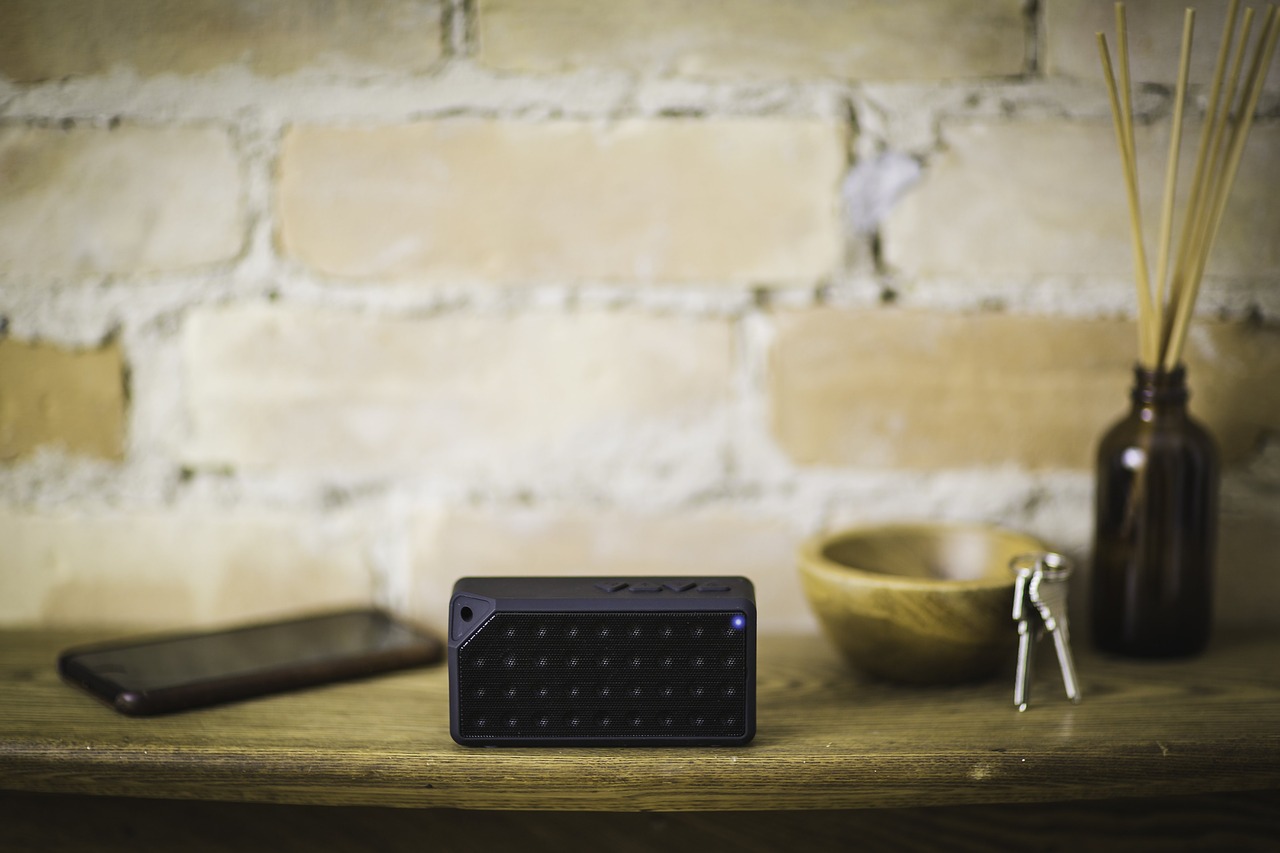Bluetooth is great for freeing yourself from the tangle of wires (which is great when dealing with kids). It can be a little bit of a pain to setup sometimes. This article covers getting Bluetooth working on Debian or Ubuntu. If you’re on Ubuntu or some other Debian derivative, the necessary packages are probably already installed. This article was originally written using Debian 10 as a base which should correspond to roughly Ubuntu 14.04 to 19.04 (though some package names may change).
Installing the Necessary Components
Make sure you are using Pulseaudio if you’re following this tutorial. I prefer Alsa, but it just wasn’t worth the headache for me to use Bluetooth. If you want to use Alsa and Bluetooth, see something like this.
Let’s get on to the installation portion (read about apt on Debian and Ubuntu). Pick the commands to use based on whichever GUI you want. If you’re running Gnome, you probably want either blueman (GTK GUI), or gnome-bluetooth (Gnome GUI). If you’re using KDE you want bluedevil (KDE GUI). If you want to do it from command line, skip the GUI.
No GUI
sudo apt install bluetooth rfkill bluez bluez-tools pulseaudio-module-bluetoothGTK GUI
sudo apt install bluetooth rfkill blueman bluez bluez-tools pulseaudio-module-bluetoothKDE GUI
sudo apt install bluetooth rfkill bluedevil bluez bluez-tools pulseaudio-module-bluetoothGnome GUI
sudo apt install bluetooth rfkill gnome-bluetooth bluez bluez-toolsYou may want to reboot after installing these just to skip some headache if you aren’t really familiar with services on Linux. You can see how things are going with:
~$ systemctl status bluetooth
● bluetooth.service - Bluetooth service
Loaded: loaded (/lib/systemd/system/bluetooth.service; enabled; vendor preset: enabled)
Active: active (running) since Sat 2019-10-12 01:50:51 CDT; 9h ago
Docs: man:bluetoothd(8)
Main PID: 525 (bluetoothd)
Status: "Running"
Memory: 3.2M
CGroup: /system.slice/bluetooth.service
└─525 /usr/lib/bluetooth/bluetoothdIf you see something else, you may want to restart the Bluetooth service.
sudo systemctl restart bluetoothChecking For Bluetooth
We installed rfkill to be able to check our radio devices. If you run rfkill as root, you should get something like follows:
~$ sudo rfkill
ID TYPE DEVICE SOFT HARD
0 wlan phy0 unblocked unblocked
1 bluetooth hci0 unblocked unblockedIf you see anything blocked, you will have to unblock it. Hard blocked is usually a switch (or a wireless key on the keyboard), soft blocked is usually something with the OS. Run the following to unblock a device:
rfkill unblock [device]For my system, that would work out to:
rfkill unblock hci0Turning Bluetooth On
If you are running Gnome or KDE, you probably don’t have to jump through all of these hoops and can just skip to using the GUI. Just start the specific application you installed and it should walk you through most of the process. My headset didn’t play nice with either blueman or bluedevil so I ended up turning to CLI. In order to turn on Bluetooth, we’re going to use bluetoothctl from command line first.
~$ bluetoothctl
Agent registered
[bluetooth]# power on
Changing power on succeededOnce you run bluetoothectl, you then need to run power on which will toggle the Bluetooth power on. You may have to do this power on process even if you are using a GUI.
Run the devices command to see a list of devices.
[bluetooth]# devices
Device [MAC] [MAC]
Device [MAC] Ink'd WirelessI have edited out the MAC addresses above.
Trust and Pairing
You want to pair your device now. If you are using a GUI, you can go ahead and pull that open and try that way. My initial issue with the GUI was it not turning on the power, but it also had trouble seeing my specific headset. If not, we’re going to keep going with bluetoothctl.
Trust a device
[bluetooth]# trust [MAC]Pair a device
[bluetooth]# pair [MAC]You might have to enter a pin or do similar at this state. I tested this with headphones which just required the device be set in pairing mode. You only need to do these steps when pairing for the first time.
Finally, you want to connect to the device to make it usable.
Connect a device
[bluetooth]# connect [MAC]Listening to Music
Pull up pavucontrol and use it to set the volume on your device and to mute other devices if necessary. Most Bluetooth headsets have volume settings on them, but for most of the ones I’ve used, the lowest is still a bit high for me.
Further Reading
If you get stuck with an error message or similar, you may need to dive a little deeper. I was a bit lucky and didn’t hit any snags except missing a Pulseaudio module and a conflict with an audio program which was locking the card before Pulseaudio could. You may want to remove or tweak Timidity if you have it as I found it conflicted with Pulseaudio on my system. There are workarounds, but I don’t really use MIDI on my main machine anymore, so it didn’t matter. Just something to be aware of as it doesn’t show any actual error message.
The Arch Linux Wiki is a great resource for Bluetooth. The Gentoo Wiki is good for bluetoothctl but a lot of advice for the setup doesn’t work on Debian. You can also see this article for more information on bluetoothctl.
Image by StockSnap from Pixabay
